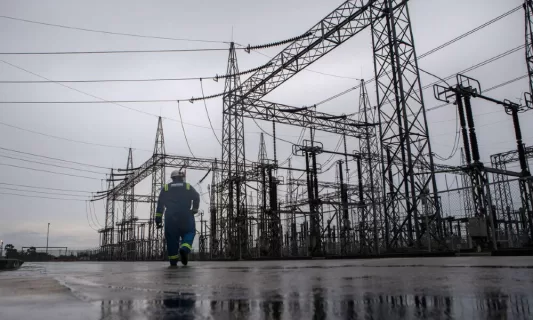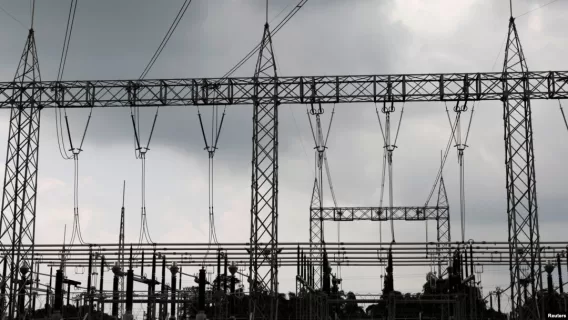The Nigerian state of Lagos has sought bidders to show interest in constructing 4GW-worth of power stations. These gas-fueled power plants are part of its new authority to create independent electricity supply. According to Business Nigeria, the four power generation hubs have a combined capacity of at least 500MW are envisioned under the state’s “Clean Lagos Electricity Market” plan. Nigeria’s installed capacity stood at 14.1 GW as of the end of 2023, with 79% of that capacity coming from gas-fired power. Nearly 6 GW of new gas-fired power capacity is under construction. Furthermore, nearly 19 GW is under development. The Ministry of Energy and Mineral Resources in Lagos State stated that the minimum expected generating capability for each of the four designated hubs would be 500 MW. A minimum output of 100 MW is required from participating companies. The power stations project calls for private enterprises to finance and construct them in exchange for power-purchase agreements.
Significance of the 4 GW-worth of power stations
The 4 GW worth of power stations in Lagos present an unprecedented significance. Nigeria’s electrical system falls short on transmission and distribution infrastructure. One of the reasons is not growing with the rapidly expanding economy. The grid struggles to supply 2 GW whilst the nation has enough gas and backup oil turbines to produce 13 GW. Grid power is available to about 60% of the population, although outages are common there. Furthermore, the nation had its eighth national collapse of the year last week. The blackouts have affected both businesses and households.

The city requires more than 6 GW of electricity. Despite this, currently the city receives up to 2 GW from the national grid. The outages paralyze essential services, from telecoms and internet. They also affect ATMs and traffic lights. Due to the unpredictability and lack of confidence in the grid many people and companies rely on other options. This include diesel generators, which are expensive, noisy and polluting. Once completed, the project will provide amicable electricity supply for all its residents. Moreover, it will enable the smooth conduction of businesses and activities in the city. Nonetheless, the residents of Lagos still harbor skepticism as they are uncertain of the project’s completion timeframe.
Also read:
Nigeria Collaborates With World Bank on Construction of 1000 Solar Mini-Grids.
The State of Affairs Regarding the Ambitious Project
The implementation of 4 GW worth of power stations in Lagos is one that has been necessitated by current challenges. The rampant outages have necessitated for a more comprehensive approach to handle the issue. Bola Tinubu, the new president, decided last year to allow state governments to produce and distribute their own electricity. The federal government used to have sole authority over the industry. Other areas are doing the same. The southwestern states of Osun and Eketi are thinking about how to establish autonomous electricity grids.

Furthermore, fourteen investors in the power sector in Ekiti have already received operating licenses from the state government. Approximately 40% of people in Nigeria lack access to electricity, a critical challenge to investment. The World Bank notes that this greatly hinders the economic viability of the nation. Factors such as low electricity tariffs have hindered investment from independent power producers. Noting this, apart from implementing new projects, the government is phasing out electricity subsidies.
Also read:
Nigeria power grid upgrade project to be completed in 2030

